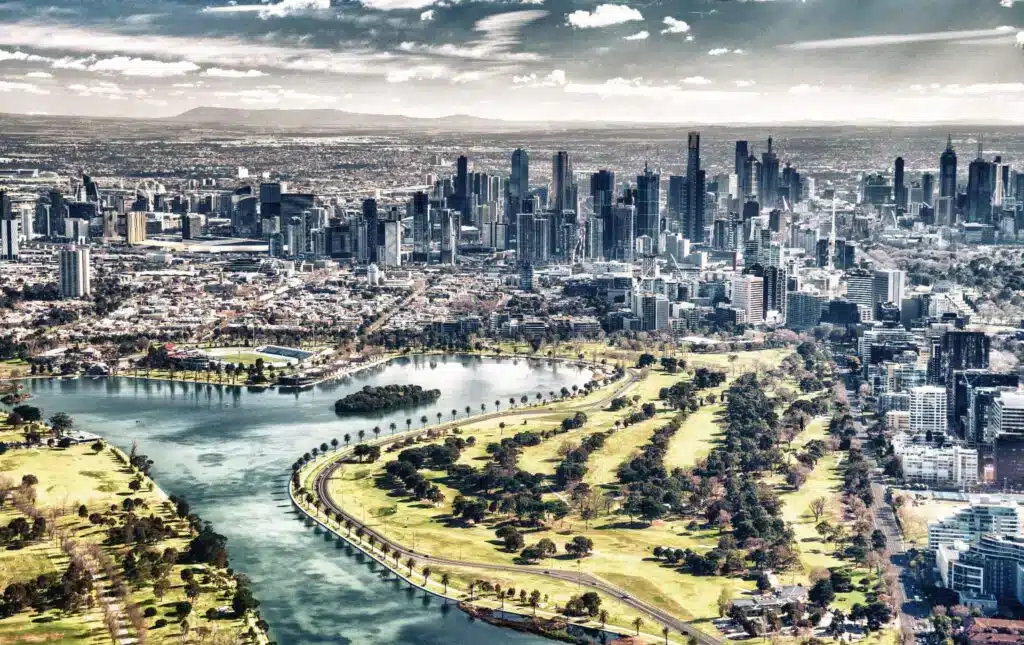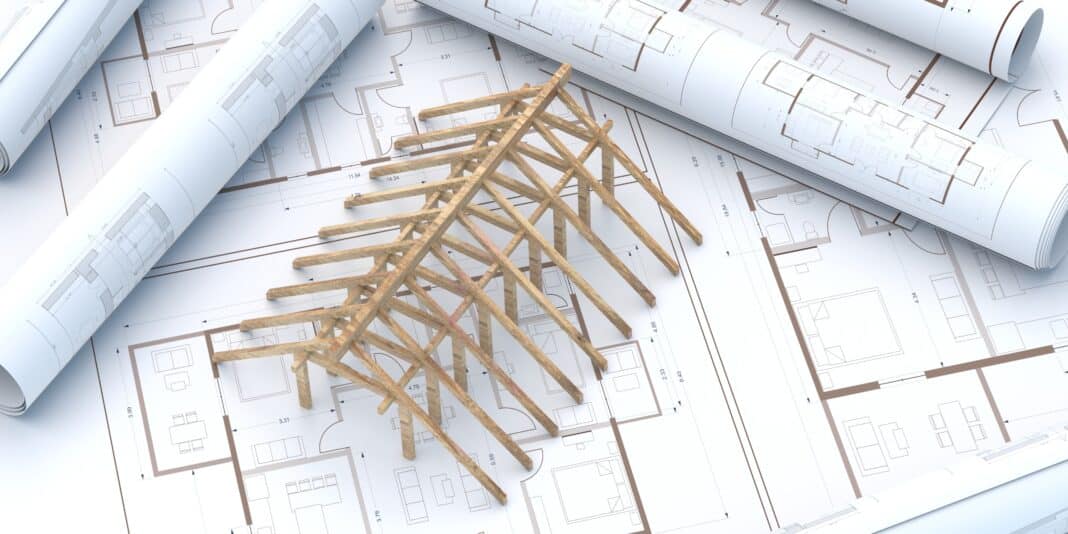Up to 80% of all building elements used in Australia’s construction supply chain could be prefabricated; however, despite major strides in volumetric construction, Australia should not forget its “affordable, dependable and reliable” frame and truss supply chain.
That is according to Dr Alastair Woodard, Managing Director of Wood Products Victoria facilitator of the FTMA’s Strategic Technical Group, who said that Australia’s 280+ strong frame and truss industry is well-equipped to meet the country’s demand for detached and semi-detaching housing— and many are excited about embracing ‘elemental prefabrication’ to deliver on the hundreds of thousands of one-to-three level houses and townhouses needed to meet Australia’s chronic housing shortage.
Dr Woodard said ‘elemental prefabrication’ is all about frame & truss fabricators working with their customers to find value solutions that can be done off-site to improve productivity on-site, “it means we can build more homes quicker.”
“What we’re saying to the frame & truss sector in terms of new offsite prefabricated solutions is ‘start simple and add value,” Dr Woodard said, “talk to your builders about what they want and what they value, and are prepared to pay for to make their construction process more efficient, and add that into your value offering and process.”
And the best thing is that it doesn’t need to cost an arm and a leg. “From a frame and trust perspective, you don’t necessarily need a high level of investment in machinery,” Dr Woodard said.
“A growing number of Australia’s mature frame and truss market is very interested in moving into offsite elemental prefabrication offerings,” Dr Woodard said, who stressed policymakers “should be thinking about prefabricated elemental solutions, and not just volumetric.”
“Volumetric is good, but (the government should also) support the existing mature frame and truss sector to see what they can offer in terms of prefabricated elemental solutions.”
Dr Alastair Woodard, Managing Director of Wood Products Victoria, who spoke to Wood Central.
For example, using a wall frame, an elemental prefabrication process could involve asking, “What can the frame and truss business do in the factory that benefits the builder on site and improves their productivity?”
“And it might be as simple as putting on the vapour barrier on the wall frame before it goes out to the site…so that it is a high-quality way to protect the wood when assembled on site.”
Or for windows, which can be assembled in the factory as part of the frame and truss before they arrive on site: “This is crucial in a climate like Victoria, where, thanks to the requirements for seven-star energy efficiency standards, we will need high-performance windows.”
“This will require double or triple glazing, which is very heavy compared to traditional windows…so, for a builder looking to install double glazing into the second storey of a detached house, it will be difficult. What you could do quite simply in the factory is take it to the site and lift it, saving the builder the hassle.”
Dr Alastair Woodard on the opportunity for Australia’s frame and truss industry to embrace “elemental prefabrication”
Beyond vapour barriers and windows, the frame and truss supply chain could also consider panelised external cladding systems. “They could be adding the battens to put that in the factory or could physically be putting the cladding and insulation in before it goes out.” Or even a fully panalised system… “if that’s what they want or the builders prepared to pay for.”
Floor cassette systems in projects such as townhouses, where there is volume repetition, provide rapid installation for the builder and a much safer process for their onsite staff, “it’s a no-brainer.”
The push to embrace prefabrication and modular construction comes after the Victorian state government published Victoria’s Housing Statement—The Decade Ahead 2024-2034, the state’s most ambitious housing policy. Targeting 80,000 new houses every year, Victoria will build a mix of low-rise, mid-rise, and high-rise buildings delivered through an Affordability Partnership with the housing industry.

According to then-Premier Daniel Andrews, the statement is “the most comprehensive shake-up of one of the most important policy areas in decades. The status quo is not an option, and admiring the problem will only worsen it…unless we take bold and decisive action now, Victorians will pay the price for future generations.”
“Victoria is now looking at volumetric modular frame and truss,” Dr Woodard said, with departments, as part of the Housing Statement, looking at infill sites close to Melbourne.
But will Victoria’s bold and decisive actions involve greater utilisation of timber-based frame and truss building systems?
That question will be posed to Jeroen Weimar, the Deputy Secretary of Housing Implementation from the Department of Premier and Cabinet, responsible for executing Victoria’s housing statement.
Invited to speak at TimberConstruct, Mr Weimer will join a panel facilitated by FTMA CEO Kersten Gentle, including Peter Ward, the Managing Director of Drouin West Timber and Truss; Jeremy Church, the General Manager of NeXTimber Technical & Sales; Tim Newman, General Manager of Timber Building Systems; and Nathan Benbow, the Engineering Design Manager for ASH, discussing the role that timber systems, including the use of elementary prefabrication within the frame and truss industry, can play in taking on the housing shortfall.
TimberConstruct: Australia’s premier timber construction conference
Speaking to Wood Central, Andrew Dunn, TimberConstruct organiser, said the conference will be held in Melbourne on August 12 and 13 and is “focused on materials and design, prefabrication, and building techniques.”
“The programme is firming up,” Mr Dunn said, including Duncan Mayes, the founder and principal of Finnish-based Lignutech Oy, who told Wood Central that future engineered wood products “are everywhere” and Yuichi Shinohara (from Shinohara Shoten Co in Japan) who will join Nick Milestone (from Mercer USA) and Xu Fang (from SEC/APA/SFPA in China) to discuss Australasia and the Pacific Visionary Timber Projects.
“Early bird tickets are now on sale but end July 15,” Mr Dunn said, “secure your early bird tickets before it is too late.”






